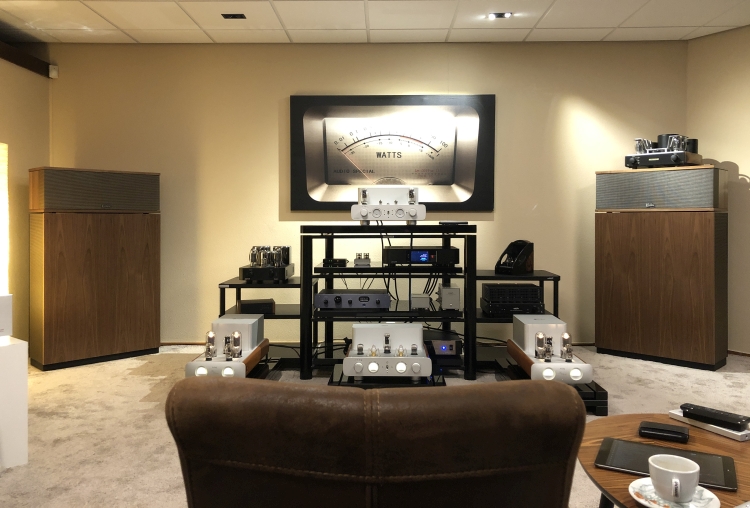
Review carried out on location at A Tube High Fidelity
Equipment supplied by Melodyhifi Europe
Retail prices in the Netherlands (incl 21% VAT):
Melody WE-2688 Signature preamp – 15.990 euro
Melody 211 MAX mono power amplifiers – 17.490 euro (per pair)
Melody AN300B MAX – 6.490 euro
Klipsch Klipschorn AK6 – 19.800 euro (per pair)
This review will focus on the Melody WE-2688 Signature preamp with a pair of 211 MAX mono amplifiers. Secondarily, I will listen to the Melody AN300B MAX integrated amplifier.
Normally, I do all my reviewing in my own reference system with known components in a known environment. However, due to the combined system’s massive weight (a single 211 monoblock amplifier already weighs 45 kg), I was asked by Stanly of Melodyhifi Europe, a new audio distribution partner of A Tube Hifi Import, if I could do this review on location in Almere in Atube-HighFidelity‘s best demo room.
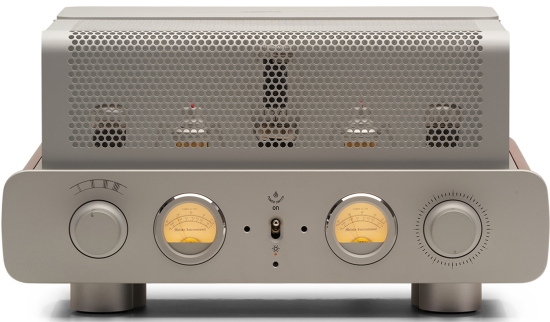
Melody WE-2688 Signature preamp
The Melody WE-2688 Signature is the only mid-range preamplifier by Melody Hifi. Priced at 15.990 euro, it could be considered top-end if only there wasn’t the no-holds-barred, state-of-the-art, Everest 8688 preamp. Priced at 41.990 euro, the top model will be out of reach for all but the most well-heeled audio fans.
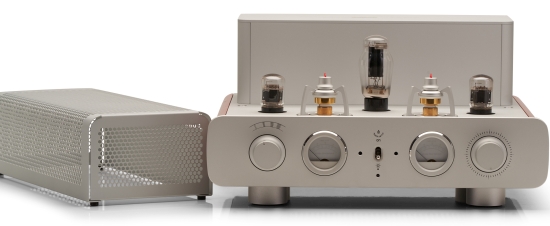
The WE-2688 Signature is developed to meet today’s highest standards. Only the highest quality components are used such as Mundorf Supreme Silver-oil in silver Capacitors and Nichicon Gold Tune Capacitors and the entire circuit is built using only the finest point-to-point wiring. The preamp circuit is comprised of two Melody 274B, a Western Electric 416, and two 373A tubes. Upon switch-on, the preamp engages a soft start and a 30-second time delay. On the back, there are four RCA inputs and dual RCA outputs, and of course, the preamp comes with a beautiful remote control.
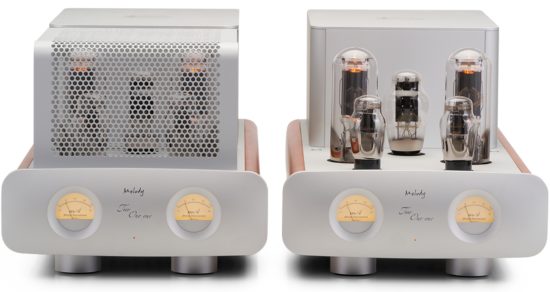
211 MAX mono amplifiers
The MP 211 MAX is the flagship of Melody’s mid-range monoblock amplifier range. Like the preamp, these beautiful power amplifiers could easily be ranked as the brand’s top products if it weren’t for the extravagantly beautiful Everest 212 with their eye-watering price tag of 121.990 euro. These are for a very small audience only and the rest will have to “make do” with the 211’s or the 845’s. In relation, the 211’s price of 17.490 euro for the pair definitely seems reasonable. But as mentioned, there’s absolutely nothing “mid-class” about the 211’s. Visually, they are absolutely stunning and physically imposing, yet highly elegant.
The MP211 offers 50 watts per channel of pure Class A amplification. Like the WE-2688 Signature preamp, the MP211 MAX is developed to meet today’s highest standards. Built entirely using only the finest point-to-point wiring and based around a duo of 6SN7 tubes, a single 300B, and a duo of 211 output tubes, the amplifier has the power to drive a wide array of loudspeakers. As a rule of thumb, the speaker’s efficiency should ideally be above 90dB. Like the preamp, the 211’s have a soft start and time-delay circuit of 30 seconds. Bias control is accessible on top of the amplifier panel and is set using the front-panel true ampere meter.
Generic
All the Melody products are designed at the Melody Hifi headquarters in Australia where all research and development is done. The amplifiers are produced in a well-known tube amplifier factory in Shenzhen where all staff follows strict production- and testing protocols. Melody places importance on the well-being of its personnel and maintains a people-oriented environment.
As the Melody Hifi distributor for Europe, Melody Hifi EU offers a 1000-day warranty on the amplifiers and 6 months on all tubes.
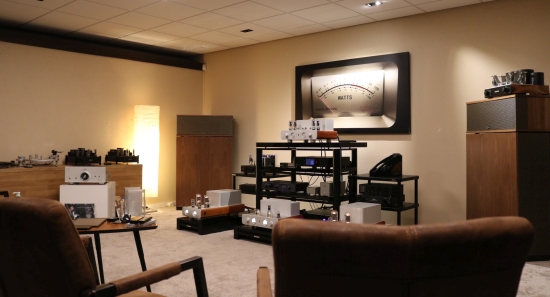
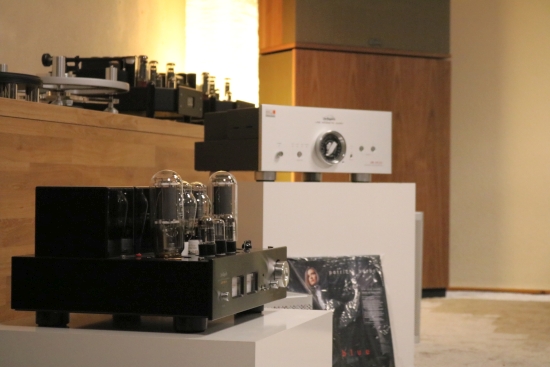
A Tube Listening Room
Upon arrival and after reception by Marcel van Dijk who is the latest addition to the A Tube High Fidelity team for about a year, I noticed that the store’s layout had undergone many changes since my last visit. Most strikingly, instead of the initial large open space, there were now two listening areas and a vinyl section separated by heavy curtains. It’s much cozier than before and highly inviting. From a first glance from the outside in, it’s obvious that this store is all about the love of music.
The demo room allocated for the system under review is the second one on the second floor and it is dedicated to Line Magnetic, Mastersound, Ayon, Cambridge, Manley, and Melody amplifiers and also showcases the entire Klipsch Heritage range of loudspeakers.
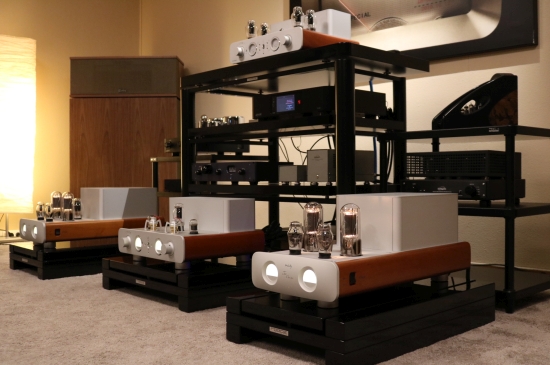
Review System
The review system consists of the Melody WE-2688 Signature preamp with a pair of 211 MAX mono amplifiers, set up on a large Rogoz Audio 4SPB4-BBS Anti-Resonance rack and a trio of Rogoz Audio 3RP1 BBS Anti-Resonance plateaus.
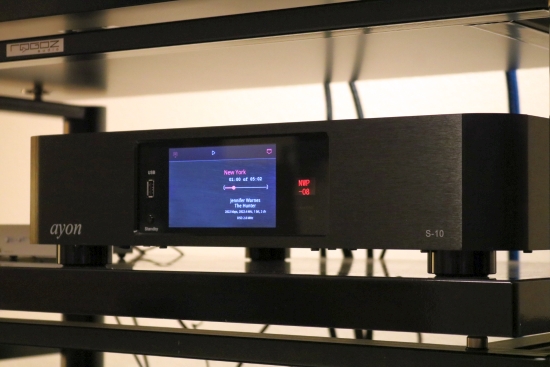
The source is the Ayon S10 streamer in its standard guise (see also my review of the S10 Signature) with a mix of Tidal and local music on NAS. The loudspeakers for the review system are the famous 105dB efficient Klipsch Klipschorn AK6 in their latest version with the newly developed neodymium-magnet tweeter. The speaker cables are the tinned-copper Western Electric KS 13385. The interlinks are the AudioQuest Water (between streamer and preamp) and the AudioQuest Earth (between pre-and power amps), both in the cinch/RCA versions. The Ayon S10 gets its RJ45 network connection from a Silent Angel Bonn N8 switch.
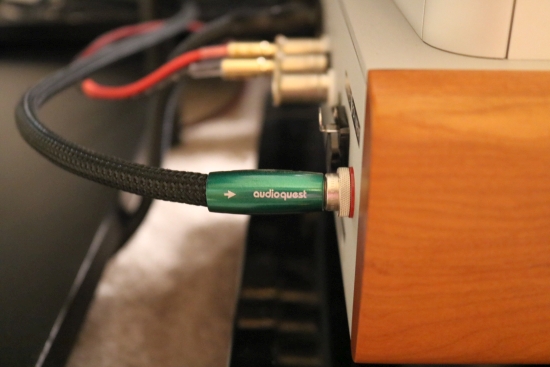
At the start of my listening session, all components except for the preamp were powered by AudioQuest NRG Y cables from the AudioQuest Niagara 3000 power conditioner while the preamp was connected directly to the wall outlet via an AudioQuest Hurricane power cable. Halfway through the listening session, I asked for the streamer and the power amplifiers to be connected directly to the power strip. Further below, I will detail the differences between the two situations.
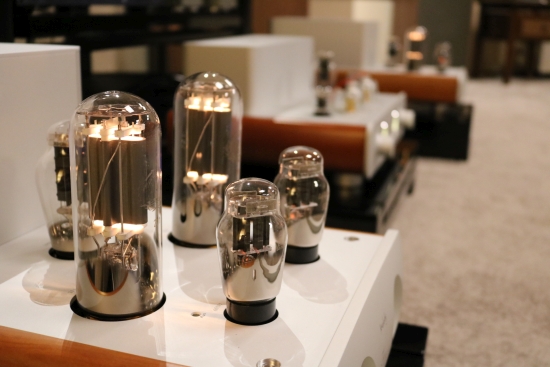
Listening
It’s been a while since I heard the Klipschorns, close to 10 years perhaps. That last occasion was at an audio show and I vividly recall that they were impressively dynamic and direct but also a little rough, lean, and shouty. Expecting a similar sound in the A Tube demo room driven by the Melody WE-2688 Signature pre-amp and 211 MAX mono amplifiers I was surprised to find that the Klipschorns sounded absolutely nothing like I remembered them. There was great bass and a superbly natural timbre and not a trace of roughness or shoutyness. Rather, especially given that I was listening to a full horn system, I was amazed at how transparent, uncolored, refined, and gently fluid the sound was. In the meantime, the Klipschorns have been updated, but being familiar with a good chunk of the Melody line, I can’t shed the thought that the Melody amplifiers are largely responsible for this.
As I listened to a varied range of known music from NAS and Tidal, my respect for the system grew more and more. Track after track confirmed that the treble was articulate yet fluid and refined and the bass tight and coherent yet remarkably robust and that tonality was spot-on natural with no obvious coloration other than perhaps a slight “papery” sound that I attribute to the speaker’s bass drivers and which I actually like as it makes acoustic instruments sound more real. Importantly, the pacing was perfect: neither slow nor hurried but just right. With bad tube designs or when the speaker load is not ideal, the bass can become slow or bloated but that was definitely not the case here.
What I also heard with every track was superb transparency combined with a wide soundstage and lots of separation between the projected sounds within it. Having reviewed several Melody amplifiers before, I recognize this as one of the brand’s traits. When thinking back to the earlier review that I did at my place, I recall that the amplifiers were also capable of projecting a strong focus and great depth but these last two aspects were less clearly illustrated by the demo system. Upon checking with Marcel, he confirmed that the system does indeed perform even better in his home setup in terms of focus, depth, and layering.
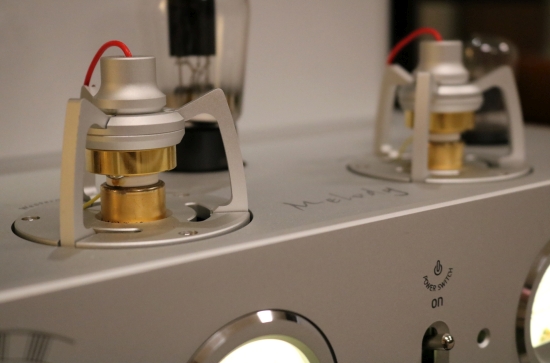
I never noticed any crossover points as the sound from the bass unit seamlessly transitioned to the midrange and treble units. It’s not so much the feeling of a point-source if that matters to you, but the system plays everything with a very strong coherence and a decidedly non-electronic presentation that simply allows the listener to forget about technicalities and just enjoy the music. Even after a few songs, I noticed how my inquisitive mind wavered off and I was taken along with the flow of the music, no matter what I played. And trust me, I played from a very wide palette. The system effortlessly portrays strings and breathy vocals as well as thunderous techno. It just does not seem to have a preference.
Context
As I grow older, more and more, I crave neutrality and purity. Since no two living rooms are the same and personal preferences deviate wildly, I always refrain from pronouncing any system as the best bar none. I just don’t think that perfection exists. It’s a concept in subjective and relative reality. But it’s easy to hear when a system clicks, meaning that all the components are working in perfect harmony. With this review system, that is the case.
At home, I have found peace (for the foreseeable future, at least) with CH electronics and Magico S1 mkII speakers. Obviously, with two such different systems, one would not expect a similar presentation and of course, they aren’t. But still, the Melody + Klipschorn system perfectly represents my core values.
Just like my own system, the review system is neutral, articulate, and very linear. So far, these are aspects that transistors typically also do well but what the Melody system adds is a SET-typical immediacy and lack of blur that only the very best transistor designs can approach, combined with the kind of harmonic richness and free-flowing, living-and-breathing quality that only tubes can bring. Granted, I have heard very powerful transistor power amplifiers that sound remarkably rich and well-textured but they never truly sound like tubes. Ultimately, no matter how much I like a transistor amplifier, it is unavoidably always more static in its presentation than a tube amp.
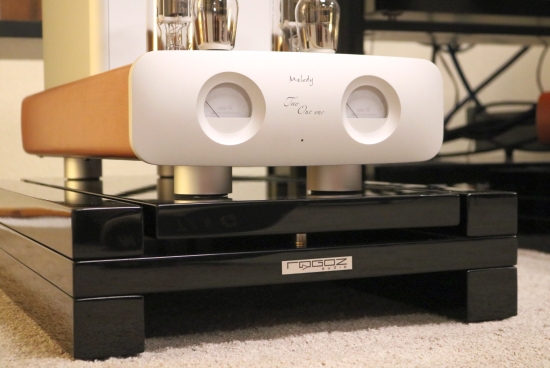
Once you go tubes, however, you’re not out of the woods yet. Many tube products have some of the typical advantages but also introduce downsides such as woolliness, an excess of creaminess or overly rounded and ploddy bass. It takes a very good design to achieve the best that tubes have to offer while sacrificing as little as possible in terms of ultimate linearity, neutrality, and transparency. As one of the few brands, this Melody system achieves that goal, with the caveat that, being SET amplifiers, they must be paired with speakers that are efficient and have a non-complex impedance load.
While I was concluding that everything that I played sounded familiar and so perfectly balanced, at some point, I also noticed that the sound in the A Tube room was no more lively or dynamic than it is in my own system. With complex power-hungry speakers and powerful transistor amplifiers, there’s a limit in the kind of spontaneous expression that is possible. But when listening to SET amplifiers and very efficient horn speakers, the inverse should be true. Then, it occurred to me that everything is connected to the AudioQuest Niagara power conditioner.
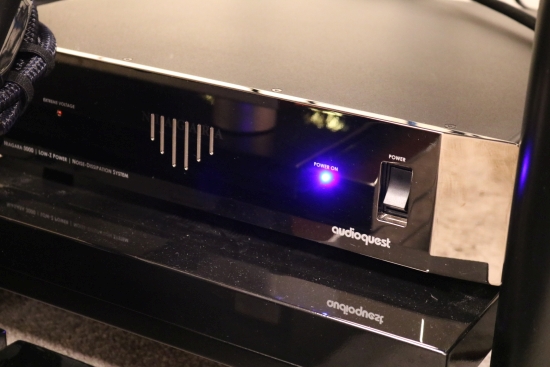
Power from the wall
After having asked Marcel to connect all components directly to the power strip, I re-started the playlist. Let me tell you, the effect was not subtle at all! Now, I was hearing the kind of immediacy and dynamic impact that I expect from the system, along with the same purity, transparency, and linearity as heard before.
However, now, the sound had also lost some of its retina-like refinement and fluidity. It was almost as if the rough power that was gained in bypassing the conditioner also introduced a bit of roughness. For me, immediacy and impact are more important than smoothness and fluidity and even though the refinement did go down a notch, I soon got immersed again and I ultimately found this alternate presentation to sound even more lifelike than with the power conditioner in place. On the other hand, I’m also big on refinement and I will admit that there’s definitely something to the extra-smooth fluidity and glow provided by the Niagara 3000. Given the option, I would choose to either use the system without power conditioning or do some more experimentation and use it with select components only.
No doubt, there will also be those who will feel that the conditioned presentation actually sounds more natural and ultimately more lifelike. It’s simply a relative matter, and it depends on which aspects of the music playback one associates with the real thing.
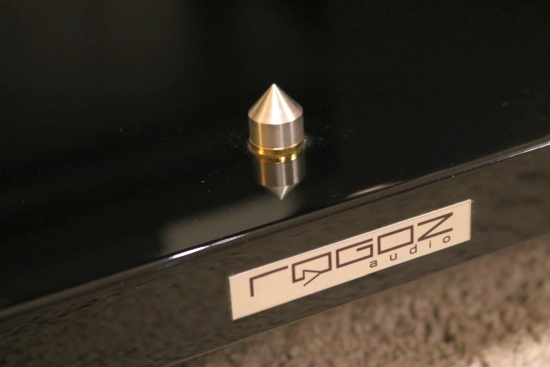
The Rogoz platforms have a double-layer system using a spike with a loosely-coupled nylon washer on top, onto which the top platform rests. The system is designed to provide robust vertical coupling while allowing vibrations to dissipate horizontally.
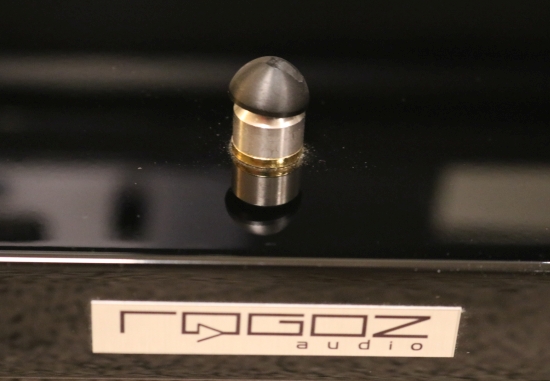
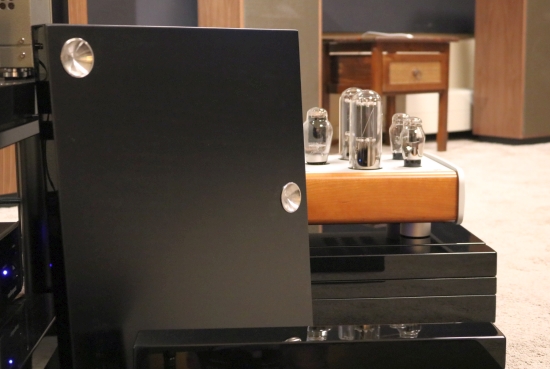
Melody AN300B MAX
After finishing my assessment of the main attraction, it was time to listen to the Melody AN300B MAX integrated amplifier. To this end, the beautiful amp with its four Melody 300B tubes was connected in the same system and in place of the three big separates.
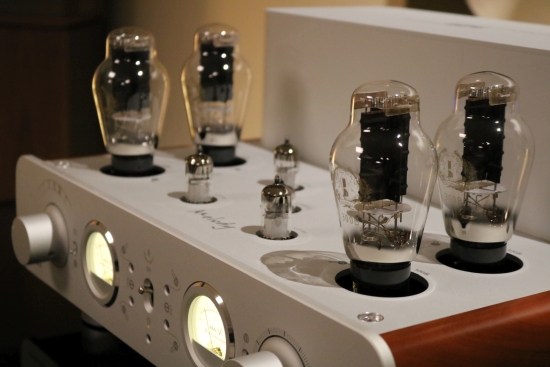
With this change, we take quite a few steps back in budget but fair is fair, the integrated amp still captured much of the essence of the big system. Most surprisingly, I found that all of the refinement was retained as well as a large chunk of the transparency. Also still projected before me, was the majestically large soundstage and the free-floating images within it, and I can’t say that I was hearing any less resolution.
Where the AN300B MAX ultimately does give way to the big system is in dynamic slam, bass heft, and overall robustness. Even if the AN300B MAX retains the nuance and refinement, the big system just has considerably more authority. Lastly, an important aspect that I found to be different between the two extremes is difficult to attribute to any single sonic aspect but it culminates in what I regard as realism. You guessed it: the big system simply has more of it.
Finally, but also quite importantly, the 300B tubes are in a large part responsible for the amplifier’s sonic character. Whereas the 211 tubes have a very neutral, linear, and pure delivery, 300B tubes, in general, are well-known for injecting warmth and romance into the music and this is precisely what happens here.
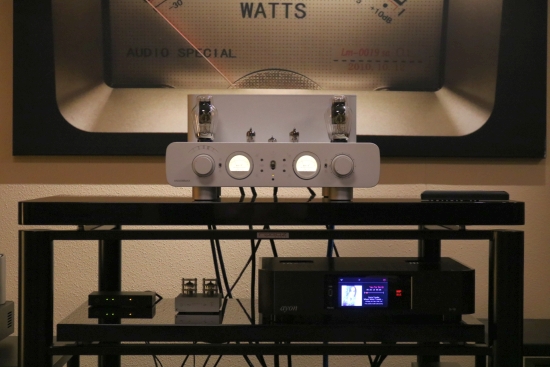
Potentially, swapping the Melody tubes for the real deal, new-production, Western Electric 300B’s might lead to interesting results. I’ve not tested this yet but may do so on a later occasion. In any event, the AN300B MAX offers a very interesting sonic alternative to the Melody MDA2. Ultimately, both offer astonishing value for money.
If you’re in the neighborhood, do pay a visit to the tube heaven that is A Tube High Fidelity!
External Links
Manufacturer: melodyhifi.com
EU Distributor: Melodyhifi Europe (part of A Tube Hifi Import, name changed later to Sensus Audio)
NL Dealer: A Tube High Fidelity
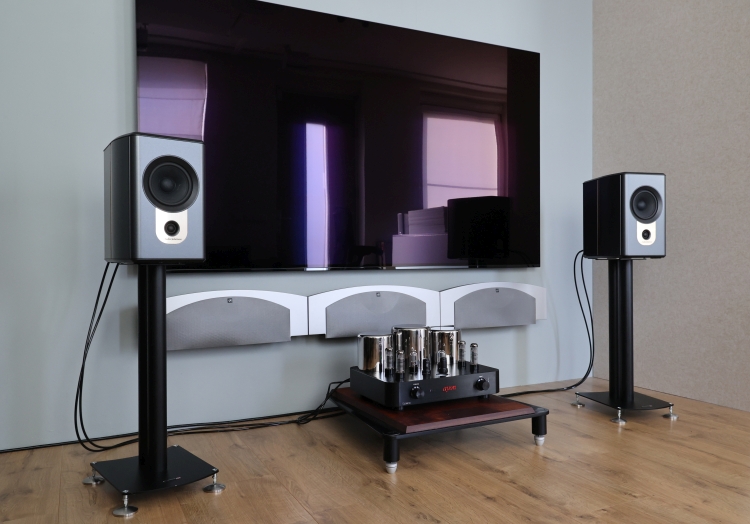

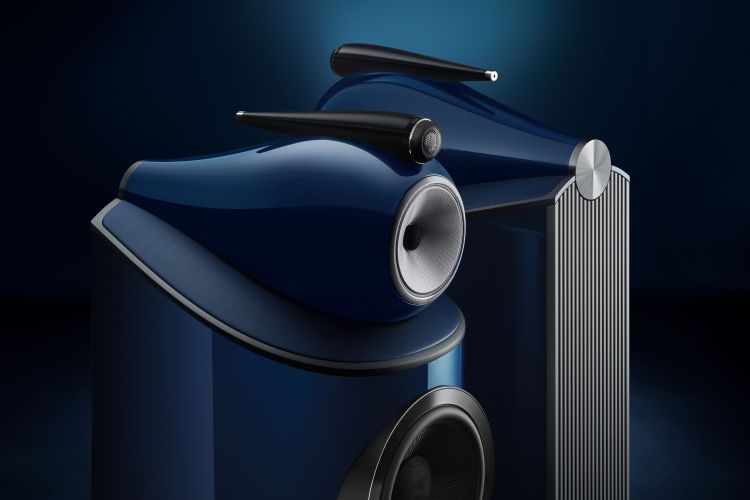
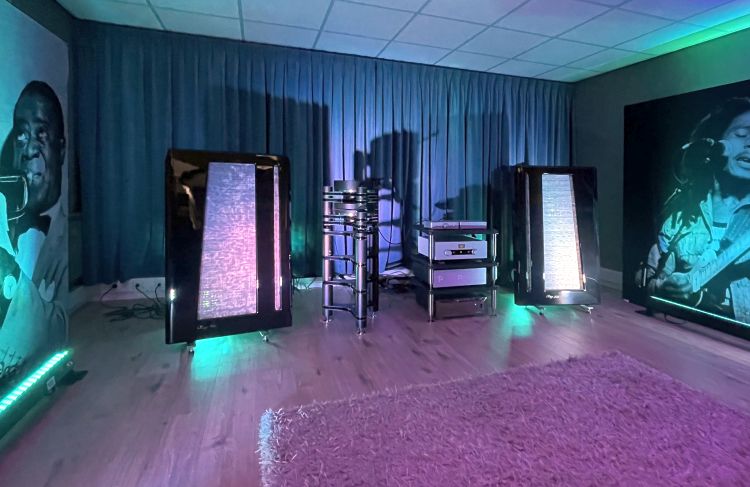
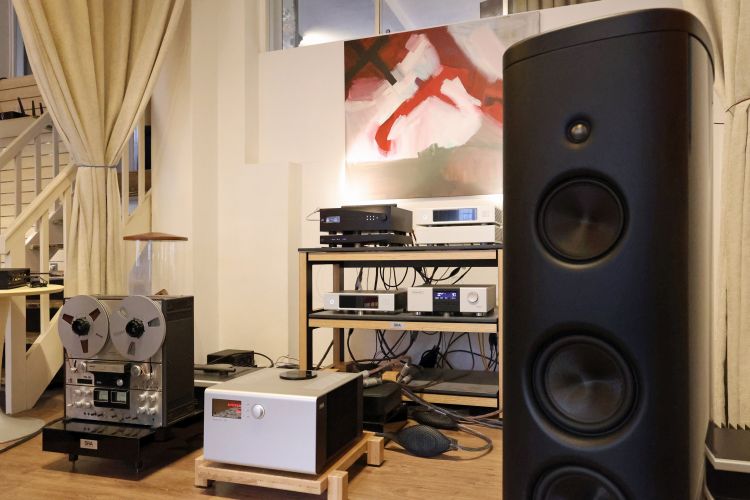
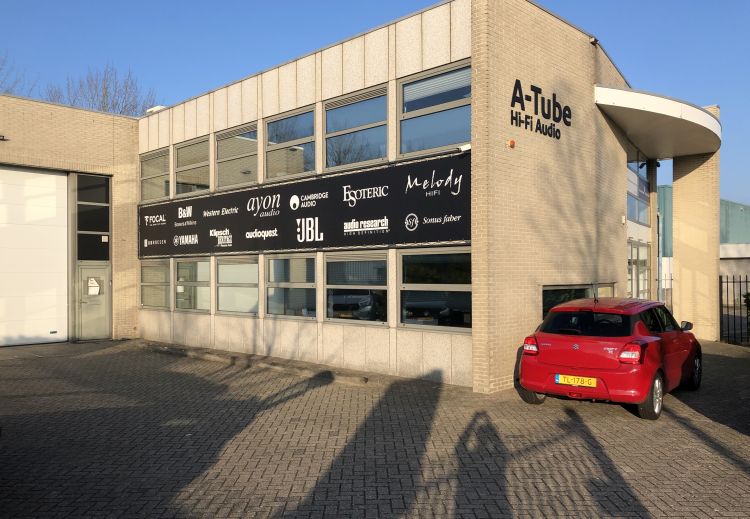
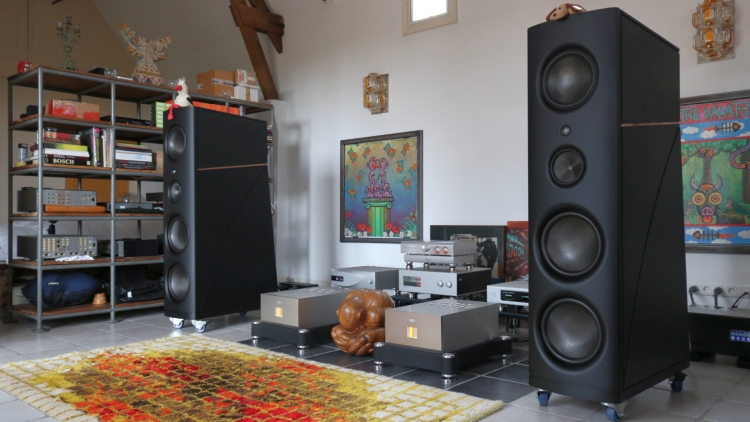
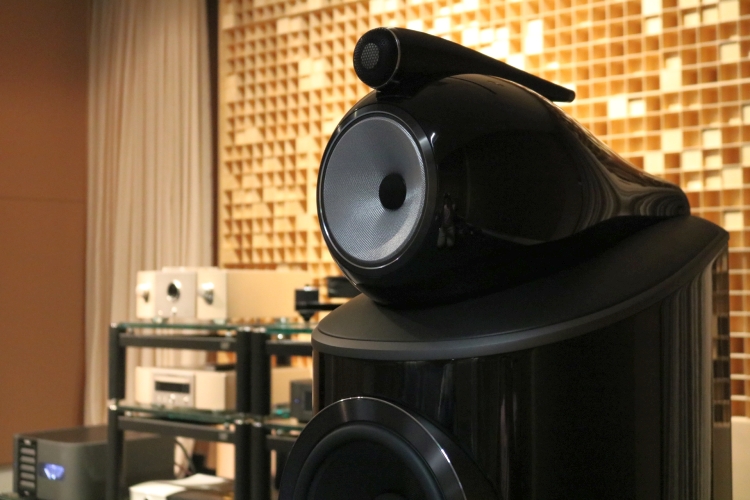
Christian,
Excellent review as always one question though. I wonder if you had gone halfway connecting just the streamer to the Niagra or maybe the streamer and preamp to it and the amps to the wall if you may have found a middle ground between purity and fluidity?
Thanks,
Jon
Hi Jon, Indeed. What I described were the two extremes, so to say. The balance can certainly still be subtly shifted by more experimenting with feeding certain components from the wall and some from the filter.